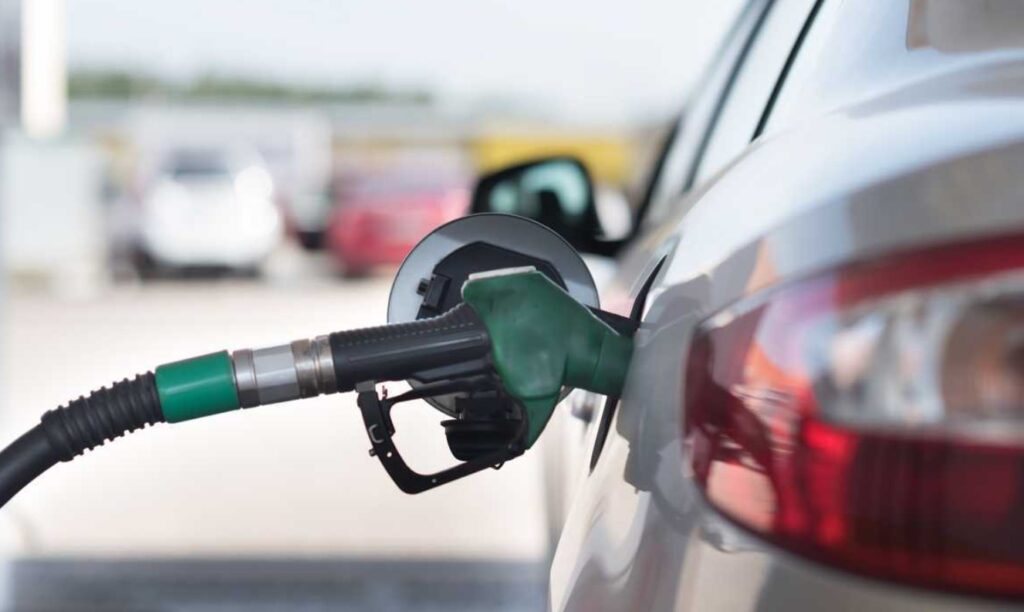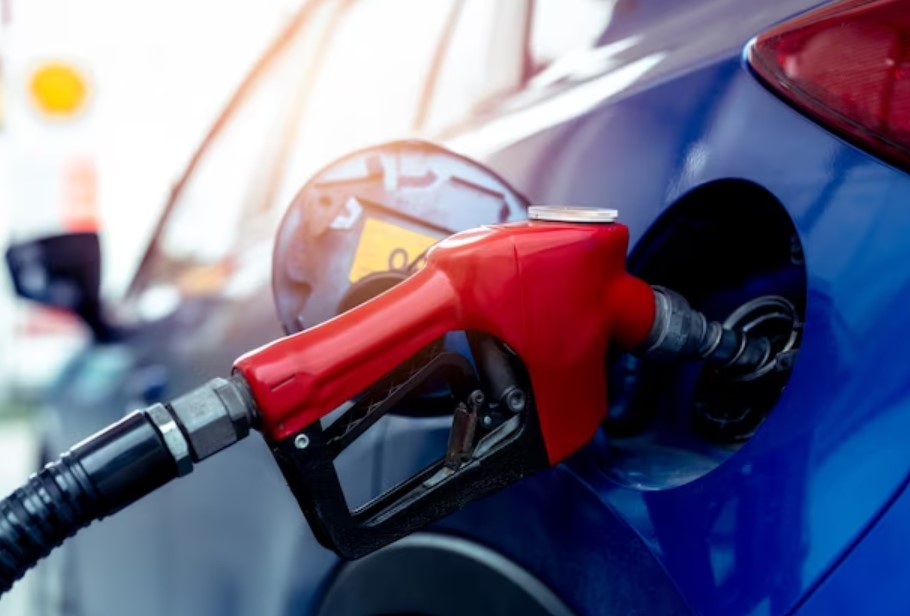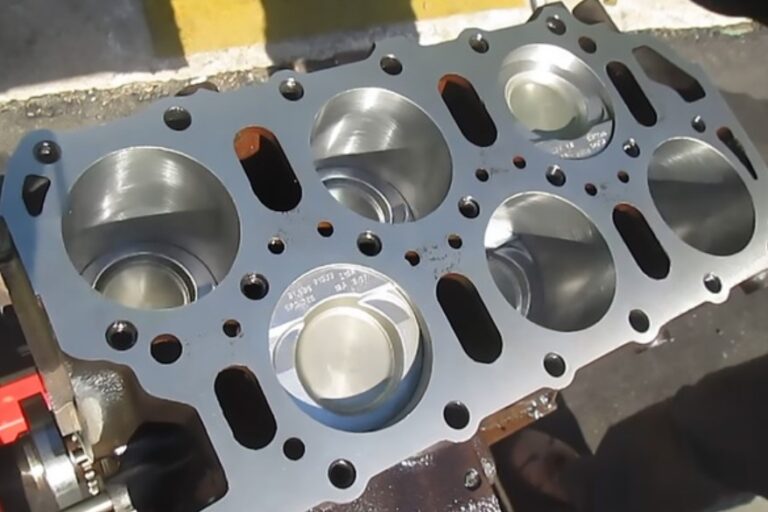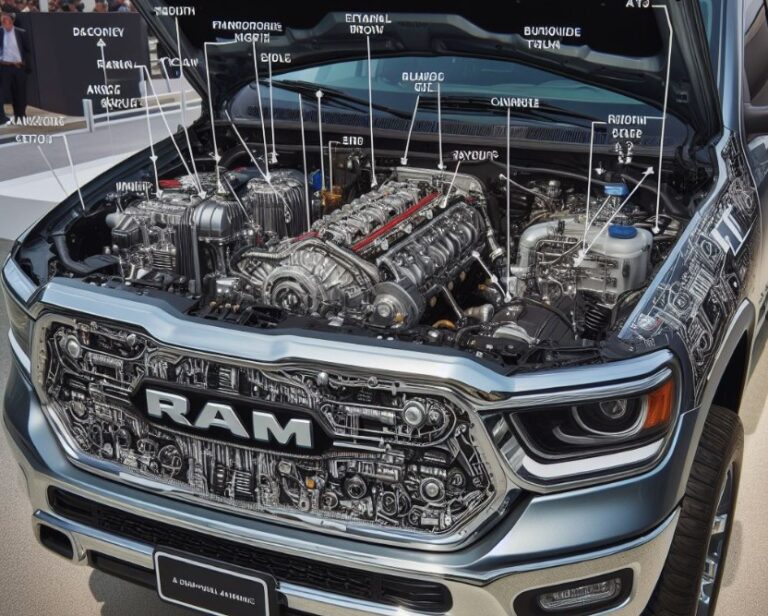Why Does The Gas Pump Keep Stopping When My Tank Isn’t Full?
Have you ever been puzzled by the question, Why Does The Gas Pump Keep Stopping When My Tank Isn’t Full? This common occurrence can be both annoying and perplexing. However, understanding the reasons behind it can help alleviate some of the frustration. In this article, we delve into the various factors that lead to this frequent issue at the gas station.
Key Takeaways
- Auto Shut-Off Mechanism: The primary reason for a gas pump stopping prematurely is its auto shut-off feature.
- Vapor Recovery System: This system, designed to prevent gas fumes from escaping, can also cause the pump to stop.
- Tank Design and Condition: The design and condition of your car’s fuel tank can affect the pumping process.
- Pump Sensitivity and Malfunctions: Sensitivity and malfunctions in the pump itself can lead to early shut-offs.
- Environmental Factors: Temperature and pressure differences can impact how the pump functions.
Why Does The Gas Pump Keep Stopping When My Tank Isn’t Full?
The gas pump keeps stopping when your tank isn’t full primarily due to the pump’s auto shut-off mechanism, which is designed to prevent overfilling.
This mechanism can be triggered prematurely by factors like the vapor recovery system mistaking fuel vapor for a full tank, the sensitivity of the pump, irregularities in your vehicle’s fuel tank design, or environmental conditions like temperature and atmospheric pressure.

Understanding the Auto Shut-Off Mechanism
The auto shut-off mechanism in gas pumps is designed for safety and convenience. It automatically stops pumping when it detects that the fuel tank is full.
This mechanism relies on a venturi tube system, which senses a change in pressure as the tank nears full capacity. However, this system can be overly sensitive or malfunction, leading to premature shut-offs.
Sensitivity of the Shut-Off Mechanism
In some cases, the shut-off mechanism is too sensitive. This can be due to various factors, including the type of vehicle, the angle of the fuel nozzle, or the speed of the fuel flow. When sensitivity is high, the slightest change in pressure can trigger the mechanism, stopping the pump even when the tank isn’t full.
The Role of Vapor Recovery Systems
Gas pumps are equipped with a vapor recovery system. This system is designed to capture fumes released during refueling and return them to the pump. Sometimes, the system can misinterpret the accumulation of vapor as a full tank, causing the pump to stop prematurely.
How Vapor Recovery Impacts Fueling?
The effectiveness and condition of the vapor recovery system play a crucial role. A malfunctioning or poorly maintained system can lead to frequent and unnecessary interruptions during refueling.
Tank Design and Condition
The design of your car’s fuel tank can influence how smoothly gas is pumped. Certain designs may cause fuel to splash back up the filler neck, tricking the pump into thinking the tank is full.
Impact of Tank Condition
Over time, the condition of your fuel tank can deteriorate. Rust, debris, and other issues can affect how the fuel flows into the tank, potentially causing early shut-offs at the pump.
Pump Sensitivity and Malfunctions
The specific gas pump you use can also be a factor. Pumps vary in sensitivity and functionality. Some may be more prone to premature shut-offs due to internal issues or wear and tear.

Dealing with Malfunctioning Pumps
When facing a malfunctioning pump, the best course of action is to try a different pump or station. Reporting the issue to the station attendant can also help address the problem for future customers.
Environmental Factors
Environmental factors like temperature and atmospheric pressure can affect the pumping process. Extreme temperatures can cause fuel to expand or contract, impacting how the pump operates.
Understanding Temperature and Pressure Effects
Being aware of how temperature and pressure can influence fueling can help mitigate some of the frustration experienced at the pump. Adjusting your refueling habits during extreme weather conditions may provide a smoother experience.
What Causes Early Shut-Off at Gas Stations?
One of the most frequent issues drivers encounter at gas stations is early shut-off during refueling. This problem is primarily caused by the gas pump’s automatic shut-off mechanism. This mechanism is designed to prevent overfilling and spills, but it can sometimes be overly sensitive.
Factors such as the angle at which the nozzle is inserted into the fuel tank or the speed of the fuel flow can affect its sensitivity. In some cases, even a slight change in the position of the car or the nozzle can trigger the shut-off.

Additionally, the condition of the gas station’s equipment plays a crucial role. Older or poorly maintained pumps are more prone to sensitivity issues, leading to frequent and inconvenient shut-offs.
This can be especially troublesome during busy times at the gas station, causing delays and frustration for drivers. Regular maintenance and calibration of the pumps are essential to ensure they operate correctly and efficiently.
How Can Vapor Lock Affect Fueling Process?
Vapor lock is a lesser-known but significant issue that can affect the fueling process. It occurs when vapor builds up in the fuel system, preventing the flow of liquid fuel to the engine.
This is more common in older vehicles with carbureted engines but can also occur in modern fuel systems under certain conditions. High temperatures often exacerbate this problem, as fuel tends to vaporize more easily in hot weather.
When vapor lock happens during refueling, it can cause the gas pump to mistakenly register a full tank, leading to premature shut-off. This can be particularly frustrating for drivers who need to refuel quickly.
To mitigate this issue, it’s important to keep the vehicle well-maintained and to be aware of the symptoms of vapor lock, such as stalling or difficulty starting the engine, especially after the car has been running hot.
What Impact Does Fuel Tank Design Have on Pumping Efficiency?
The design of a vehicle’s fuel tank can significantly impact the efficiency of the refueling process. Modern cars are equipped with fuel tanks designed to accommodate the nuances of the fueling system, including the shape of the nozzle and the flow rate of the pump.
However, variations in design can lead to issues such as back-splash or inefficient venting, which can trigger the pump’s shut-off mechanism prematurely.

Innovations in fuel tank design aim to address these issues, focusing on creating a more uniform and efficient refueling experience. For instance, some newer models feature specially designed filler necks that reduce the likelihood of back-splash.
Moreover, the incorporation of advanced venting systems helps to manage the air displaced by incoming fuel, further enhancing the efficiency of the refueling process.
How Does Fuel Type Influence Pumping Behavior?
The type of fuel being pumped can also influence the behavior of the gas pump. Different fuels have varying densities and flow rates, which can affect how the pump’s shut-off mechanism responds.
For instance, diesel is denser than gasoline and tends to flow more slowly. This can sometimes lead to misinterpretation by the pump’s sensors, causing premature shut-off.
Additionally, alternative fuels like ethanol blends have different characteristics compared to traditional gasoline. These differences can impact how the fuel behaves during pumping, particularly in terms of vaporization and flow rate. As such, pumps need to be calibrated specifically for the type of fuel they dispense to ensure accurate and efficient refueling.
What Role Does Atmospheric Pressure Play in Fuel Dispensing?
Atmospheric pressure is an often overlooked factor that can affect fuel dispensing. Changes in weather conditions, such as a sudden drop in temperature or a change in altitude, can alter the atmospheric pressure, impacting how fuel is pumped.
Lower atmospheric pressure can cause fuel to vaporize more easily, potentially leading to vapor lock or affecting the pump’s auto shut-off mechanism. This can result in the pump stopping prematurely or dispensing fuel less efficiently.

Moreover, gas stations located at higher altitudes have to account for the lower atmospheric pressure in their pump design and settings. The reduced pressure can cause the fuel to expand more, which might lead to inaccurate fuel metering.
This is why some drivers may notice a difference in how their vehicles are refueled in different locations, especially when traveling between areas at significantly different elevations.
Understanding the impact of atmospheric pressure on fuel dispensing is crucial for ensuring a consistent and reliable refueling experience, regardless of location.
Does the Speed of Refueling Affect Pump Performance?
The speed at which fuel is pumped can have a notable impact on the performance of the gas pump. Most modern pumps are designed to dispense fuel at a rate that balances efficiency and safety. However, pumping fuel too quickly can cause several issues.
For one, it increases the likelihood of creating vapor in the fuel tank, which can trigger the pump’s shut-off mechanism prematurely. Additionally, rapid refueling can lead to splashing and spilling, posing safety hazards and environmental concerns.
Conversely, pumping fuel too slowly can be just as problematic. It can lead to inefficient refueling, especially during busy times at gas stations, causing longer wait times for customers.
Gas stations typically calibrate their pumps to operate at an optimal speed, taking into account factors like the type of fuel, the design of the pump, and safety regulations. This calibration is key to ensuring a smooth and efficient refueling process for all customers.
Conclusion
In understanding, why the gas pump keeps stopping when my tank isn’t full? we realize it’s a multifaceted issue. The auto shut-off mechanism, while designed for safety, can be overly sensitive or malfunction.
Vapor recovery systems, though environmentally beneficial, can misinterpret vapor for a full tank. The design and condition of your car’s fuel tank, as well as the specific gas pump’s sensitivity and potential malfunctions, play significant roles.
Lastly, environmental factors like temperature and pressure can unexpectedly influence the refueling process. By being aware of these variables, motorists can better navigate this common but frustrating occurrence.
Top FAQ’s
Why does my car struggle to start after refueling?
If your car struggles to start after refueling, it could be due to a phenomenon known as vapor lock, where vapor in the fuel system prevents liquid fuel from reaching the engine. This is more common in older vehicles or hot weather. Additionally, overfilling the tank can flood the engine’s vapor collection system, leading to difficulties in starting the car. It’s advisable to stop refueling once the pump’s auto shut-off mechanism activates to avoid these issues.
Can the condition of my vehicle’s fuel tank affect how it refuels?
Yes, the condition of your vehicle’s fuel tank can significantly impact the refueling process. Over time, tanks can accumulate rust, debris, or damage, which can obstruct the flow of fuel into the tank and cause the pump to shut off prematurely. Regular maintenance and inspections of your fuel tank can help ensure a smoother refueling experience.
How does pumping speed affect the refueling process?
The speed at which fuel is pumped can influence both efficiency and safety. Pumping too quickly can increase the chances of vapor formation and splashing, leading to premature shut-off and safety risks. Conversely, pumping too slowly can be inefficient, especially during busy periods at gas stations. Pumps are usually calibrated to dispense fuel at an optimal rate, balancing these factors.
What role does my car’s fuel tank design play in refueling issues?
The design of your car’s fuel tank can influence how efficiently fuel is dispensed. Some designs may lead to back-splash or inefficient venting, triggering the pump’s shut-off mechanism prematurely. Newer car models often have fuel tanks designed to mitigate these issues, improving the refueling experience.

Welcome to the exhilarating world of Matt Rex, a professional car racer turned renowned vehicle enthusiast. Immerse yourself in his captivating blog as he shares heart-pounding adventures, expert reviews, and valuable insights on cars, trucks, jets, and more. Fuel your passion for speed and discover the beauty of vehicles through Matt’s engaging stories and meticulous expertise. Join the ever-growing community of enthusiasts who find inspiration and expert advice in Matt Rex’s blog—a digital hub where the thrill of speed meets the pursuit of knowledge.






![How To De-Winterize A Seadoo Jet Ski? [11 Working Steps]](https://www.turbochaos.com/wp-content/uploads/2023/08/How-To-De-Winterize-A-Seadoo-Jet-Ski-768x512.jpg)
